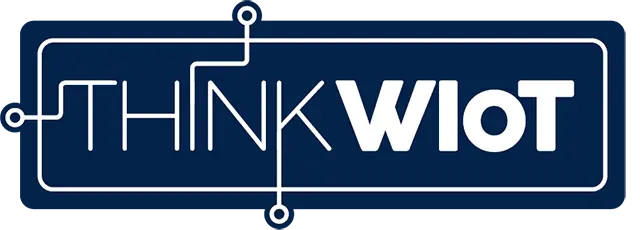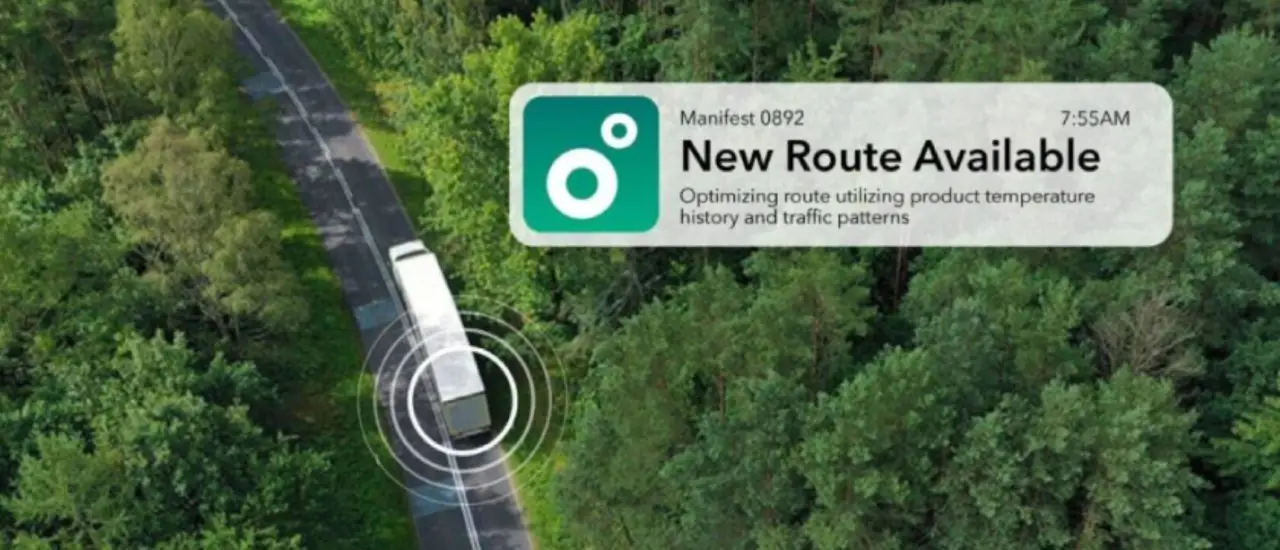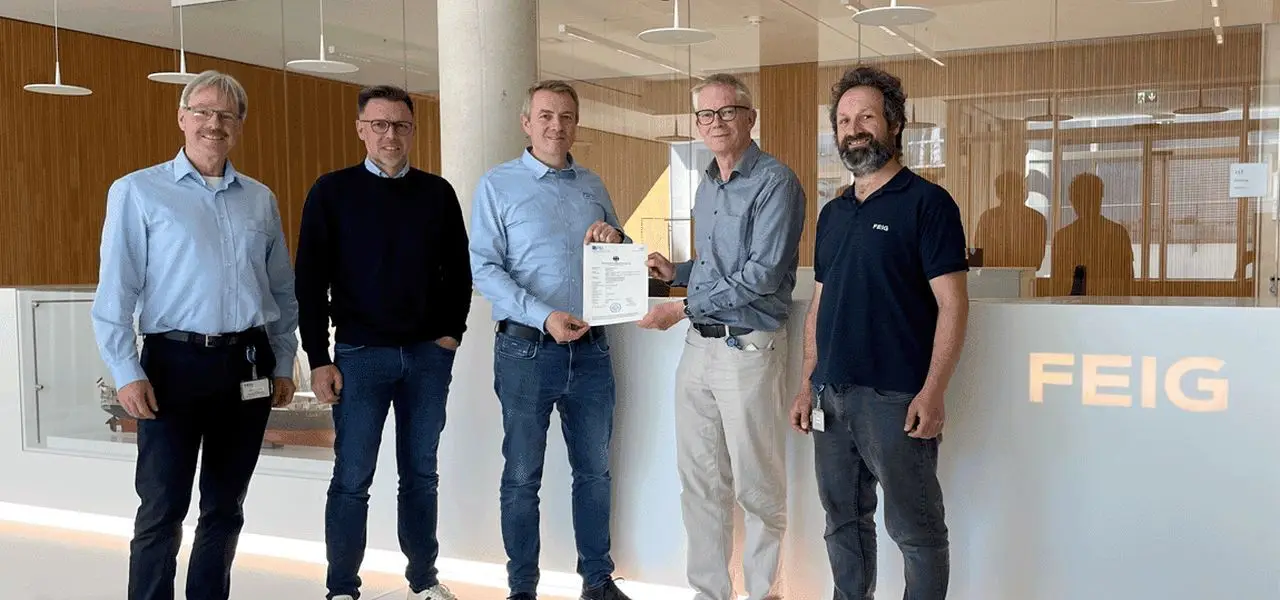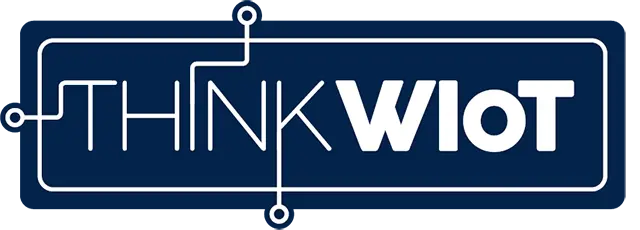ESA White Paper on Optimizing Performance and Operations for 6G Non-Terrestrial Networks

The European Space Agency (ESA), together with a consortium of the European satellite industry, terrestrial technology providers and terrestrial mobile network operators, has today launched a study to investigate and optimize routing protocols to enable efficient operation of 6G multi-orbit non-terrestrial networks (NTN).
The project is led and funded by ESA's Connectivity and Secure Communications' Space for 5G/6G and Sustainable Connectivity program line. The study was prepared by Eurescom in collaboration with Fraunhofer FOKUS, Airbus Defence and Space and D-Telekom.
Developed within ESA's 6G SmartSat project, the study proposes novel routing solutions to seamlessly integrate space-based networks with terrestrial communication systems in the most efficient and adaptable way. It aims to contribute to the goal of providing advanced connectivity to citizens and industries in ESA Member States and around the world, regardless of their location.
With the widespread adoption of 5G as a communications standard, satellite constellations have emerged as a viable alternative and complement to terrestrial networks. They offer extensive and reliable communications for a wide range of users and applications, providing connectivity services for commercial, business and government users, as outlined in ESA's 5G-IS white paper.
These constellations are already equipped with inter-satellite links and intelligent payloads capable of supporting Radio Access Network (RAN), core network functionalities and edge computing to form complex space-based networks.
Satellite networks are characterized by overlapping layers of multi-orbit, mesh-like topologies (how nodes are connected in a network) that undergo frequent but predictable changes. The challenges associated with these technologies are expected to be addressed by the 3GPP 5G Release 20/6G Release 21 standards.
NTN networks are also affected by weather conditions that affect service and/or feeder links. These characteristics make such networks significantly different from terrestrial networks and require new routing strategies.
To address these challenges, the study introduces a novel topology semantic routing protocol for multi-orbit NTN networks. The proposed architecture adheres to the principles of 3GPP service requirements while accommodating the unique topological infrastructure constraints of multi-orbit NTN. It mitigates the continuous changes affecting the link quality or the status of neighboring satellite nodes.
To further increase efficiency, the proposed solution can be used in combination with existing low-footprint routing solutions, such as predefined centralized routing for regular topologies, segment or geographic routing protocols.
ESA is proud to be working with our industry partners to evolve and develop key 6G NTN technologies, which have the potential to enhance lives and businesses across our Member States,” said Antonio Franchi, Head of ESA’s Space for 5G/6G and Sustainable Connectivity programme. “This study showcases the real impact that we can have, with evolving business cases to be made across the various sectors, we look forward to realising the potential of 6G NTNs and their complementing role with existing TNs.
- Antonio Franchi, Head of 5G and 6G Strategic Program, European Space Agency
Read the white paper in full.










